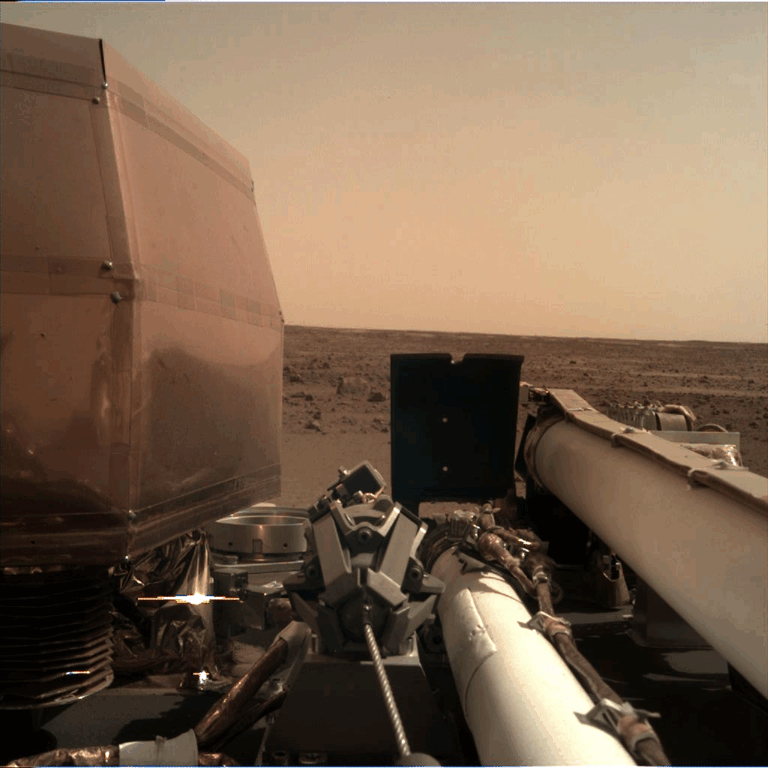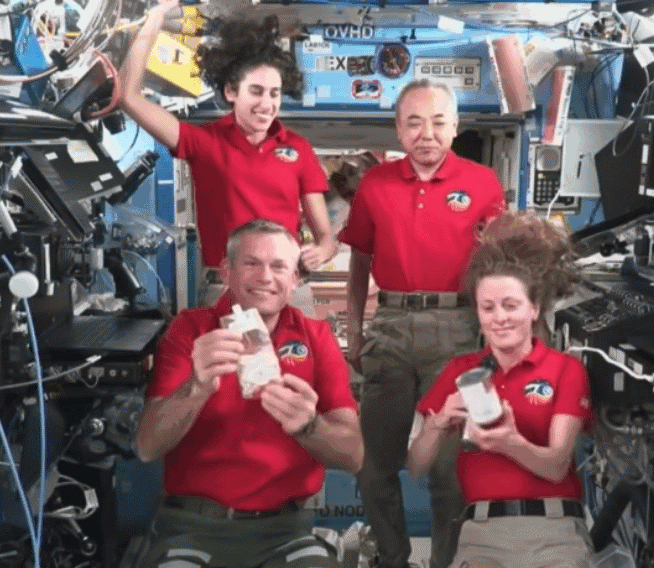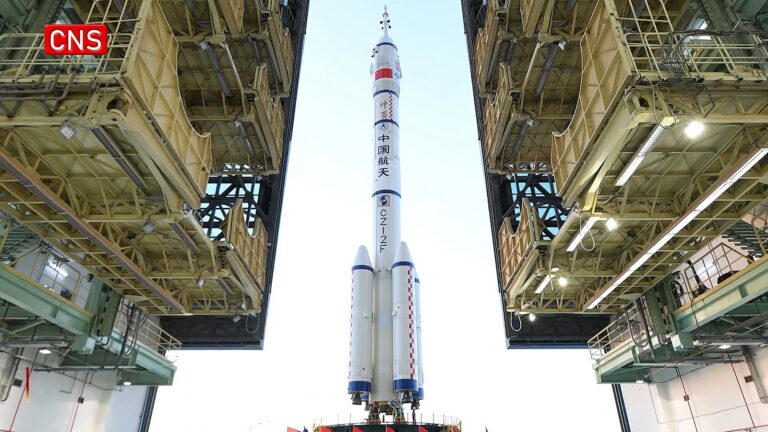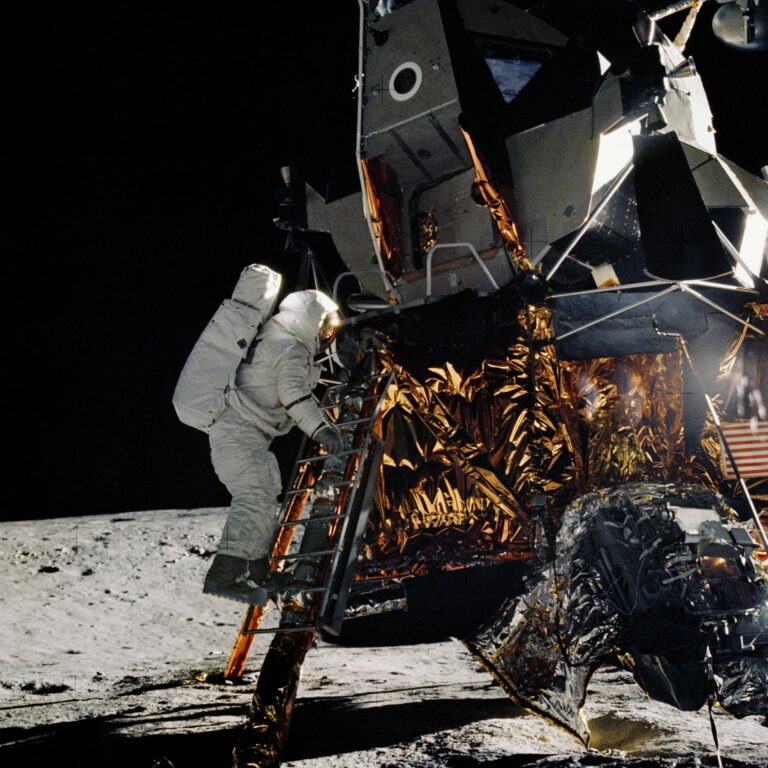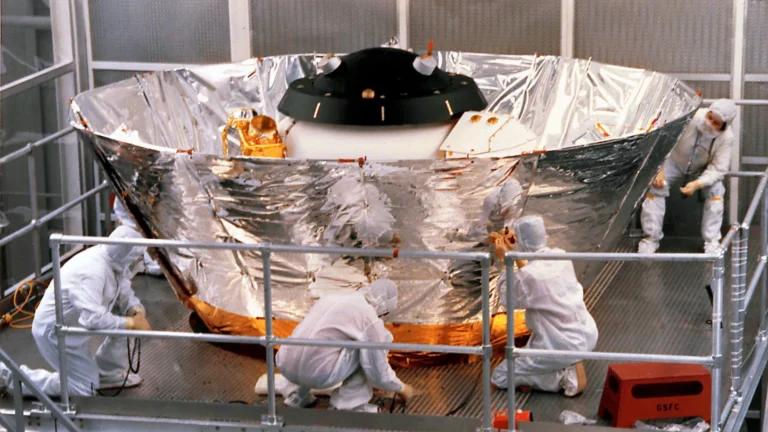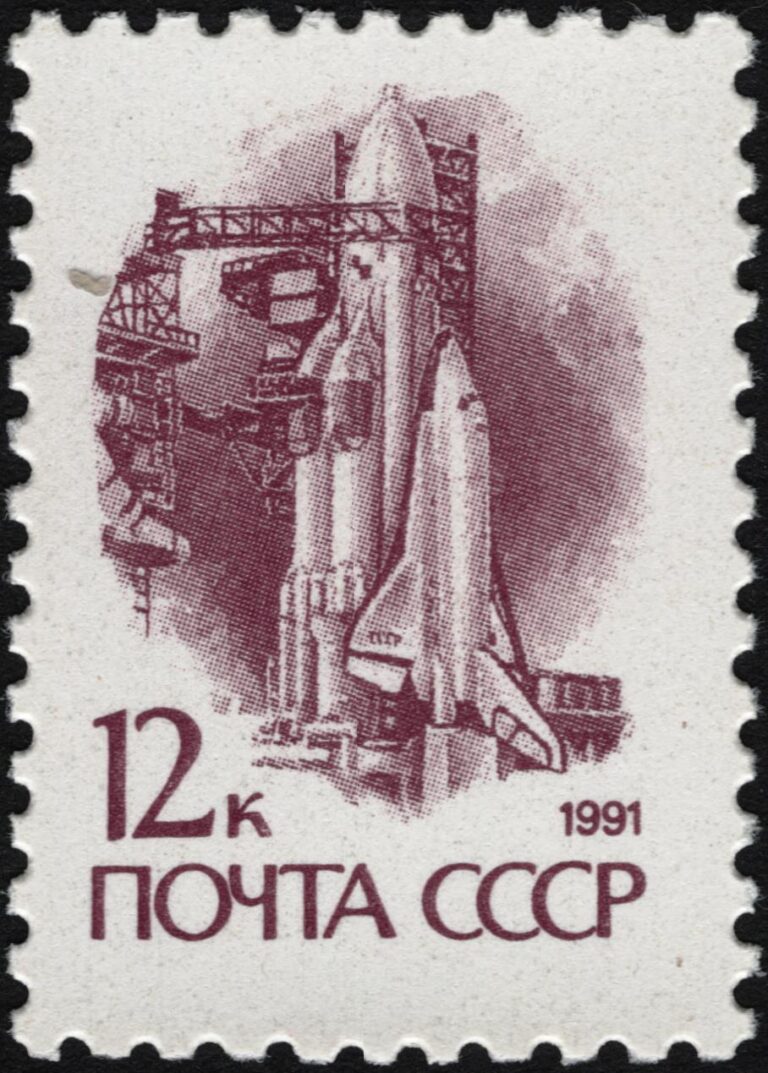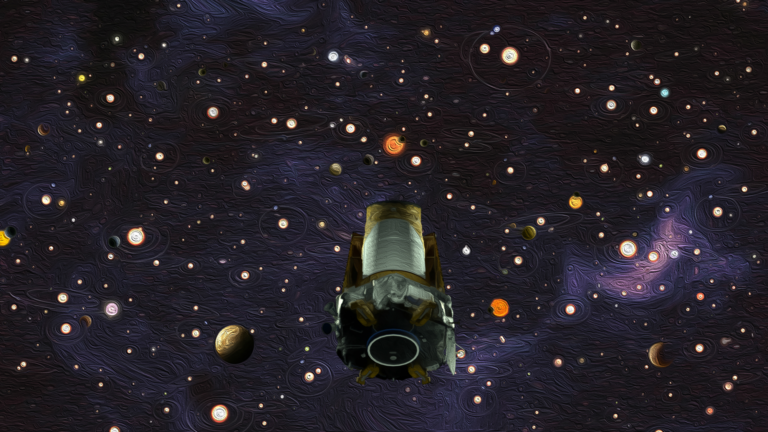Key Takeaways:
South Korea successfully carried out a suborbital launch of a solid-fuel rocket on March 30, marking the nation’s first test of a domestically designed launch system that could one day carry satellites to orbit.
The vehicle launched from a sea platform off the nation’s western coast near Taean, about 93 miles (150 km) southwest of Seoul. The rocket’s maximum altitude was not announced, but footage released by South Korea’s defense ministry showed a successful fairing separation, stage separation, and the deployment of a mock satellite.
The test vehicle represents the upper stage of what South Korea intends to be a launch system capable of putting 1,100-pound (500 kilograms) payloads into orbits 310 miles (500 kilometers) high.
On April 4, a South Korean defense ministry official told reporters that the agency planned to carry out an orbital test launch by 2025 from the Naro Space Center in South Jeolla Province.
The launch came less than a week after North Korea tested an intercontinental ballistic missile, its first such test since 2017. Though South Korea says this rocket is not related to development of weapons systems, it is a milestone in the nation’s growing space ambitions — and how it regards them as critical to security in the Asia-Pacific region.
Restrictions lifted
For decades, South Korea’s development of solid-fuel rockets had been restrained by a 1979 agreement with the United States that limited the range of its ballistic missiles. The two countries agreed to scrap the agreement in May 2021, allowing South Korea to pursue a policy of “missile sovereignty” that is widely seen as also aiding U.S. deterrence against China.
South Korea’s defense ministry has denied that the solid-fuel rocket has anything to do with warhead-carrying missiles. However, it could potentially be used for launching spy satellites to monitor activity in North Korea. South Korea is currently developing intelligence satellites that use synthetic aperture radar and announced April 11 that it has contracted SpaceX to place four such craft — plus an electro-optical and infrared imaging reconnaissance satellite — into orbit by 2025.
South Korea has already tested a more advanced liquid-fuel rocket called Nuri, the nation’s first domestically designed launch vehicle, capable of placing up to 3,300 pounds (1,500 kilograms) in orbit. In an Oct. 21, 2021, test launch, the rocket successfully reached a 435-mile-high (700 kilometers) orbit, though it failed to deploy its mock satellite. A second Nuri test launch is scheduled for June, and the system is intended to eventually carry Korean-made orbiters and landers to the Moon.
However, launch systems that use solid fuel are cheaper and easier to maintain than those that use liquid fuel, making them more flexible for military purposes. “To deliver jjajangmyeon [Chinese black bean noodles], you have to ride a scooter, not drive an expensive Mercedes sedan,” deputy national security advisor Kim Hyun-chong said, according to a report from the daily newspaper Seoul Gyeongje.


